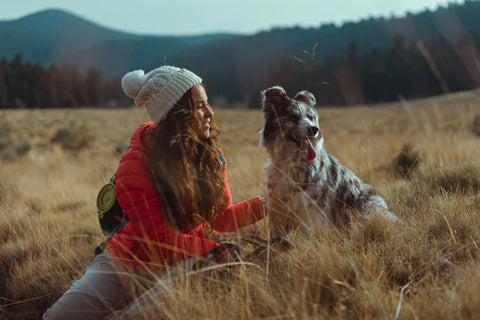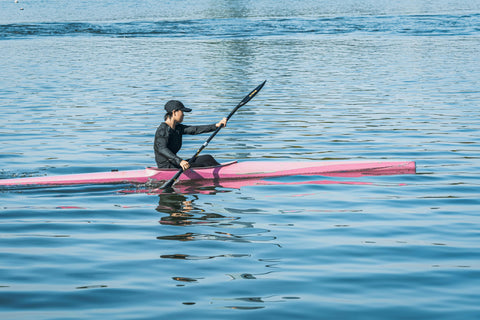
Essential Safety Tips for a Hassle-Free Campfire Experience
A campfire is the heart of any outdoor adventure, bringing warmth, light, and a sense of community. Whether you’re cooking campfire recipes, singing campfire songs, or sharing campfire stories, it’s crucial to follow proper safety measures to prevent accidents.
With research showing the impact of fire on health and the environment, responsible fire management is more important than ever.
Choose a Safe Location
Always build your campfire in a designated fire ring or a safe, open area away from dry grass, trees, and tents. According to Grennan et al. (2023), wildfires like California’s devastating campfire have long-lasting cognitive and environmental impacts.
Avoiding risky fire setups helps prevent such tragedies. Also, check local regulations, as some areas may have fire bans due to dry conditions.

How to Build a Campfire Correctly
Knowing how to build a campfire is essential for both safety and efficiency. Start by clearing a 10-foot radius around your fire pit and placing rocks around it to prevent spreading.
Use small twigs and dry wood to create a teepee or log-cabin structure. As noted by Michail et al. (2024), understanding fire behavior can help in safely maintaining controlled burns. Keep your fire at a manageable size, and never leave it unattended.
Keep Fire Safety Equipment Handy
Always have a bucket of water, a shovel, and a fire extinguisher nearby. Fires can spread rapidly, and quick action is crucial.
According to Kahil et al. (2022), even small-scale fire phenomena—like solar ‘campfires’—can escalate under the right conditions. A strong wind can turn a small spark into a dangerous wildfire. Be prepared to put out the fire quickly if needed.

Monitor Air Quality and Health Impact
Sitting around a campfire can expose you to smoke, which may have long-term health effects. Medlin & Zajchowski (2024) highlight how campfire smoke affects air quality and respiratory health.
Position yourself upwind to avoid direct smoke inhalation, and if you have asthma or other respiratory conditions, consider using a face covering or maintaining distance from the flames.
Practice Proper Fire Extinguishing Techniques
Never leave a campfire burning overnight. When putting it out, follow the ‘drown, stir, and feel’ method—pour water over the embers, stir with a shovel, and check if it’s cool to the touch.
Chen et al. (2021) studied transient fire behavior, showing that even small remnants of a fire can reignite under the right conditions. Double-check before leaving the area.

Expert Insights on Campfire Safety
Dr. John Anderson, Wildfire Prevention Specialist: “Most accidental wildfires start with simple negligence. Always ensure your fire is completely extinguished before walking away.”
Emily Carter, Outdoor Survival Instructor: “A safe campfire is a prepared campfire. Control its size, keep safety gear handy, and respect nature’s fire rules.”
Enjoying the Campfire Safely
By following these campfire safety tips, you can enjoy an unforgettable night without risks. From cooking delicious campfire recipes to singing campfire songs and telling campfire stories, safety should always come first.
A responsible camper ensures that the beauty of the outdoors remains intact for future generations.




